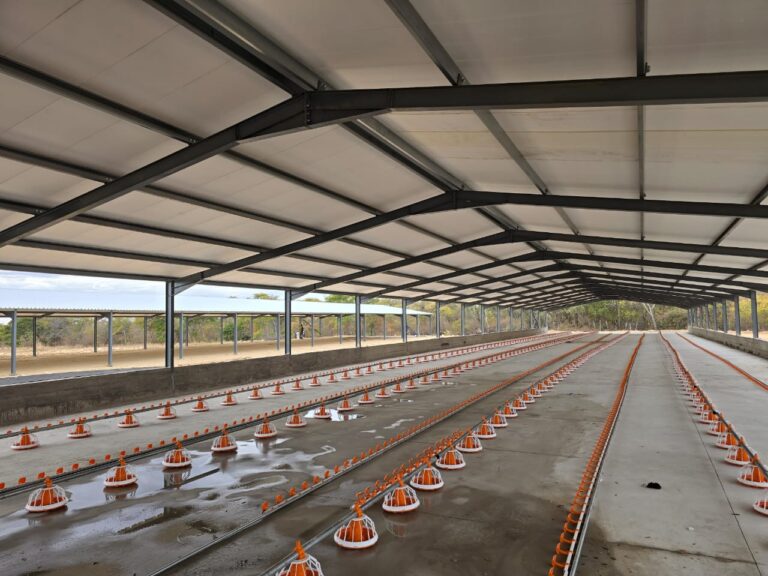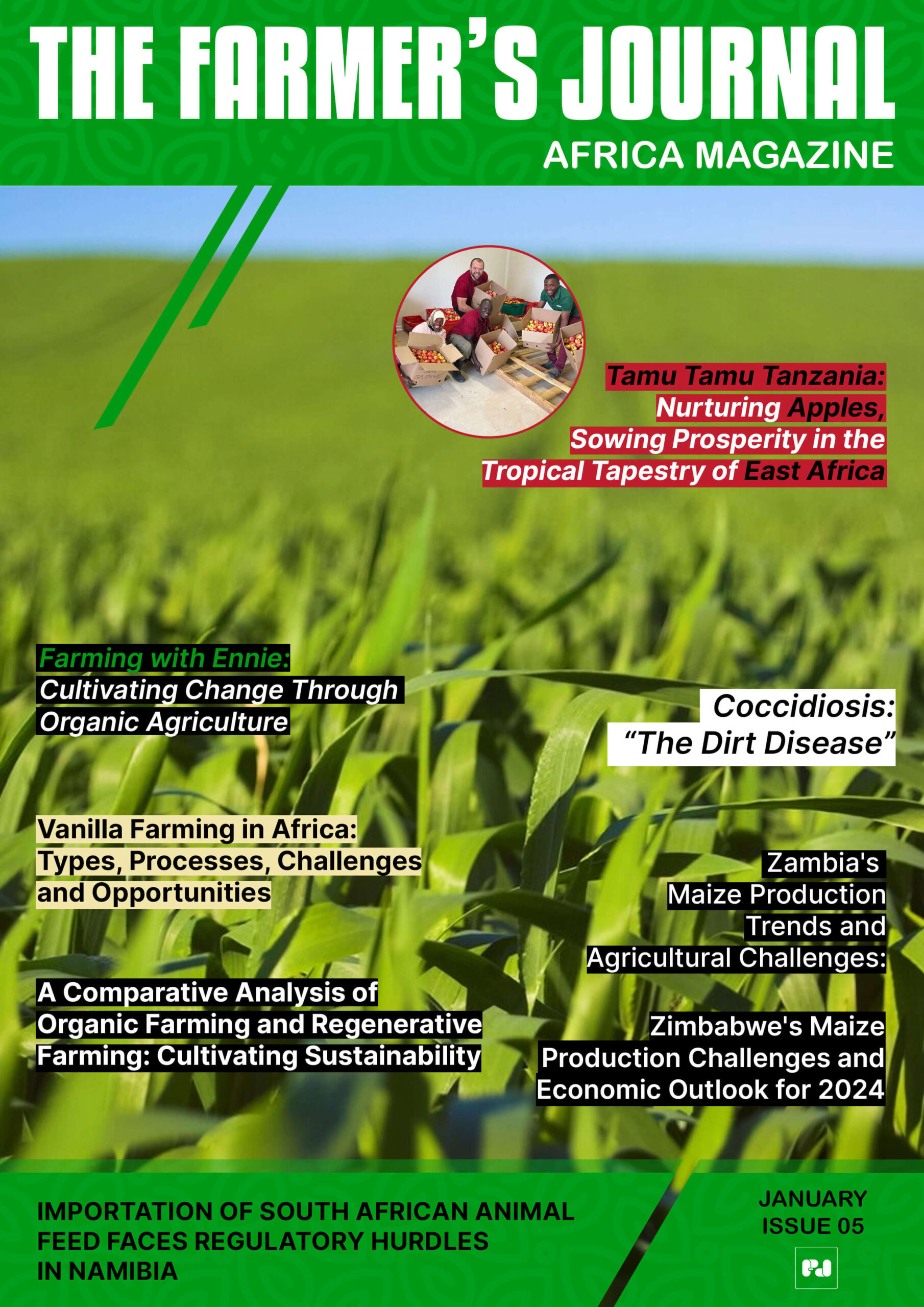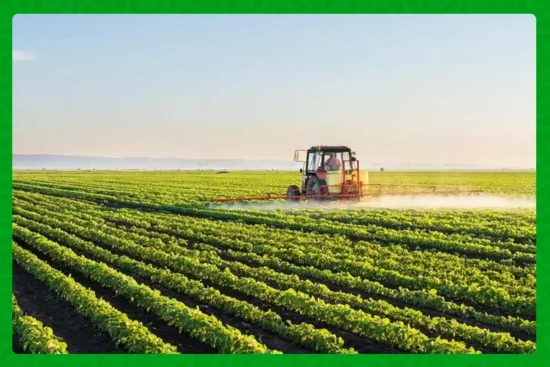
Big Dutchman Southern Africa has just finished a turnkey broiler project in Zimbabwe that could change the way poultry is produced in the country. The new housing facility holds up to 30,000 broilers and comes fully fitted with modern feeding, drinking and ventilation systems built to international standards. For farmers, processors and investors this is more than new infrastructure. It is a practical tool to lift efficiency, lower costs and strengthen local supply.
Why this matters for Zimbabwean poultry farming
Poultry is a backbone of food security across Southern Africa. In Zimbabwe, chicken consumption and production patterns show both challenges and opportunities. Per capita consumption was 7.33 kilograms in 2021, and projections suggest consumption will edge slightly down by 0.7 percent by 2026. At the same time local poultry meat production is forecast to grow by 0.8 percent over the same period. That means production capacity improvements are vital if Zimbabwe wants to meet shifting demand and reduce import dependence.
Big Dutchman’s turnkey broiler model is exactly the sort of capacity-building investment that supports those goals. By delivering complete housing and integrated systems, the project reduces the time and technical barrier for farmers to run efficient, higher yielding operations.
What the project brings to the farm
This facility does not only provide shelter for 30,000 birds. It is designed to make everyday farming easier and more productive. Key features include
- automated feeding and drinking systems that reduce waste and ensure consistent nutrition
- advanced ventilation designed to maintain optimal temperatures and air quality for better bird health
- management systems that simplify daily tasks and give farmers better control over production cycles
- resource saving technologies that lower water and feed use per kilo of meat produced
Put simply, these systems align bird nutrition and environmental controls with industry requirements. That improves bird performance and can significantly reduce variable costs. When birds grow more uniformly and health issues decline, margins improve for commercial producers and smallholders who adopt similar systems.
A timely investment in local supply
Zimbabwe was the 134th largest importer of poultry meat by 2023, with imports valued at about US$12.4 million. Most imports come from regional partners such as South Africa and Namibia. Strengthening domestic production through projects like this one helps the country capture more of the food market at home, keep value within local supply chains and create jobs in processing and logistics.
Even if consumption is projected to dip slightly, growth in local production and targeted investments can stabilize markets and provide the country with more resilience. This new broiler facility is a practical step toward that stability because it adds reliable, modern capacity right where producers need it.
Who stands to gain
- farmers and farm managers get access to turnkey systems that reduce technical risk and speed up productive operations
- local processors benefit from more consistent volumes and quality, which makes it easier to plan processing schedules and contracts
- the regional market gains another dependable supplier as Zimbabwe improves its domestic output
- rural communities benefit from job creation in construction, farm operation and logistics
For small to medium producers, seeing a large scale, professionally built facility nearby creates an opportunity to learn and possibly adopt parts of the technology without taking on the full investment cost.
Practical considerations for scaling impact
To make the most of the new facility and similar projects, stakeholders should focus on a few practical moves
- training and knowledge transfer: operators must be trained on management systems, biosecurity and equipment maintenance so technology translates into results
- supply chain planning: link farmers to offtake agreements so bird housing is fed with steady, traceable inputs and farms are not exposed to volatile spot markets
- shared services: smaller producers can benefit from clustered services such as centralized feed mills, shared cold storage and transport coordination
- sustainability practices: adopt resource efficient farming methods to ensure lower water and feed use per kilo of meat and reduced environmental footprint
Risks and realities
Modern facilities boost efficiency but they are not a magic fix. Market volatility, biosecurity threats and feed price fluctuations still shape profitability. Success depends on disciplined management, access to finance when needed, and market linkages that secure stable sales. Policymakers and industry players should pair infrastructure projects with extension services, financing options and market development measures.
The bigger picture
This project adds to Big Dutchman’s footprint in Southern Africa and aligns with a wider trend of investment in modern poultry systems across the region. For Zimbabwe, it signals a willingness from international suppliers to invest in long term local capacity. If replicated and paired with smart policy and farmer support, these investments can help Zimbabwe move from a net importer to a more self reliant poultry producer.
Final thought
The completed broiler facility is practical progress. It is technology you can touch and systems farmers can use to get more predictable results. For poultry farmers in Zimbabwe this project offers a clearer path to better yields, lower waste and stronger returns. For the national market it means one more step toward a more secure, local supply of chicken that supports jobs, incomes and food security. If the industry builds on this momentum with training, smart finance and stronger supply chains, Zimbabwe’s poultry sector can make lasting gains.
Stay updated with the latest farming tips and agriculture industry news from Africa by subscribing to our newsletter. Don’t miss out on valuable insights and updates. Follow us on Twitter, LinkedIn, and Facebook to join our farming community and stay connected with us.


















